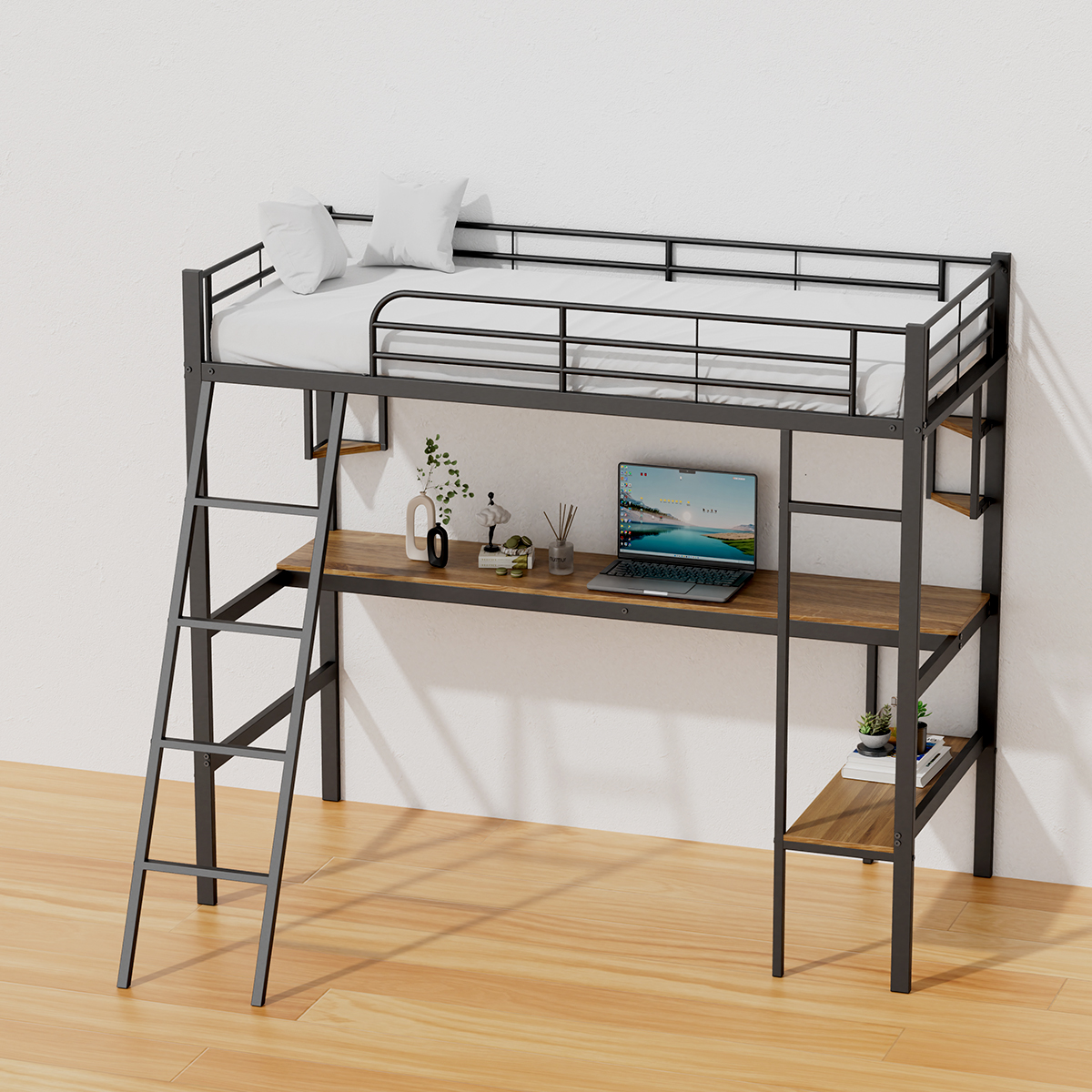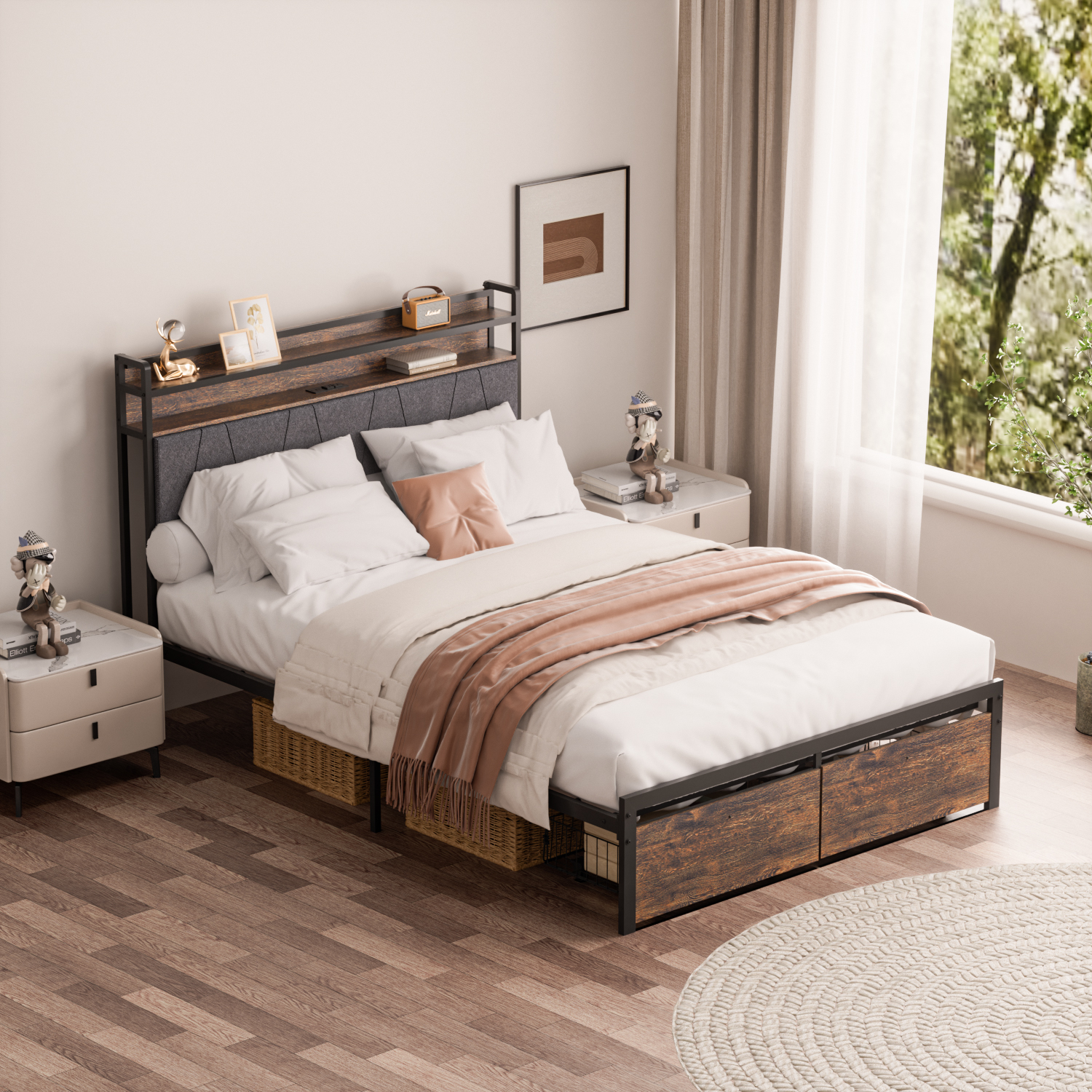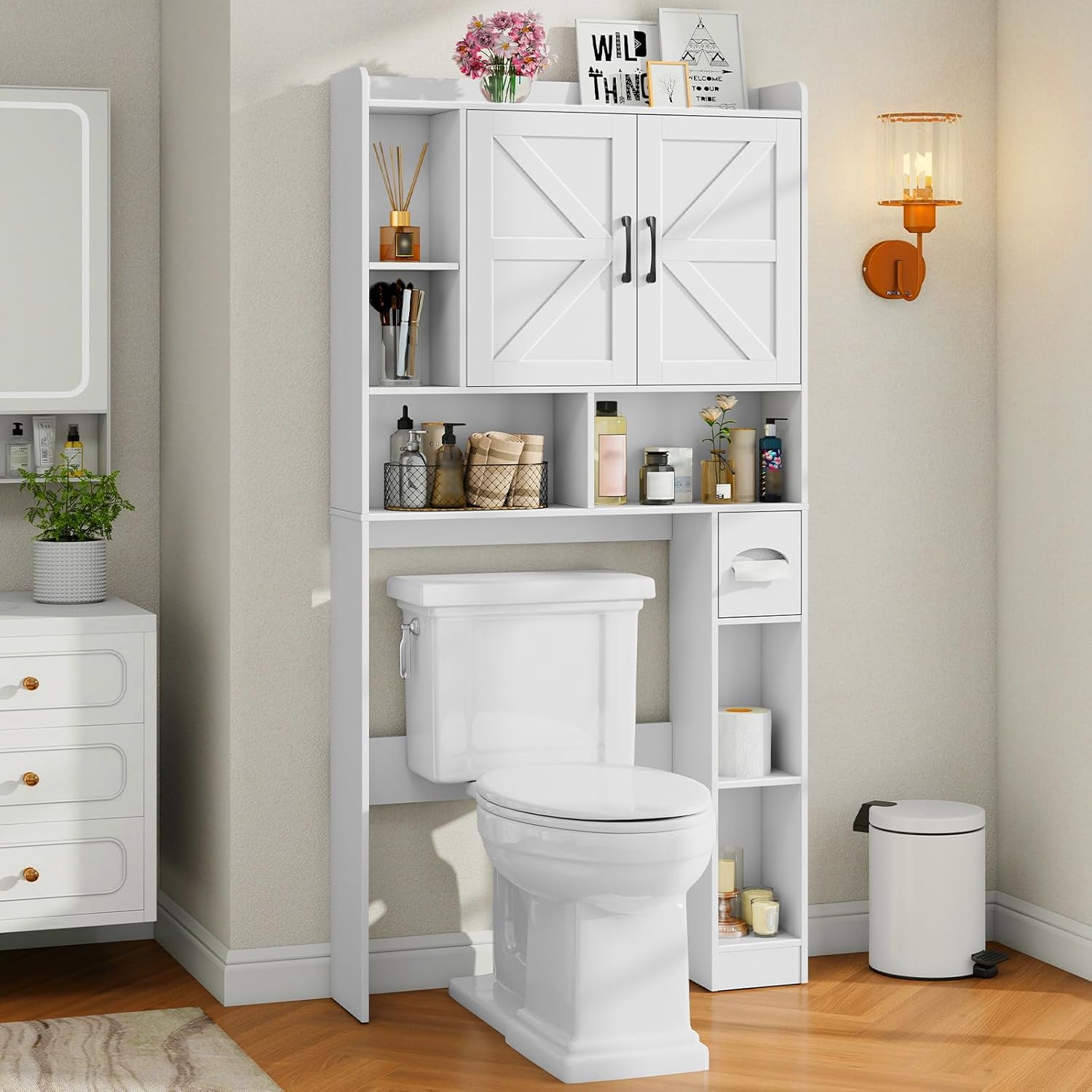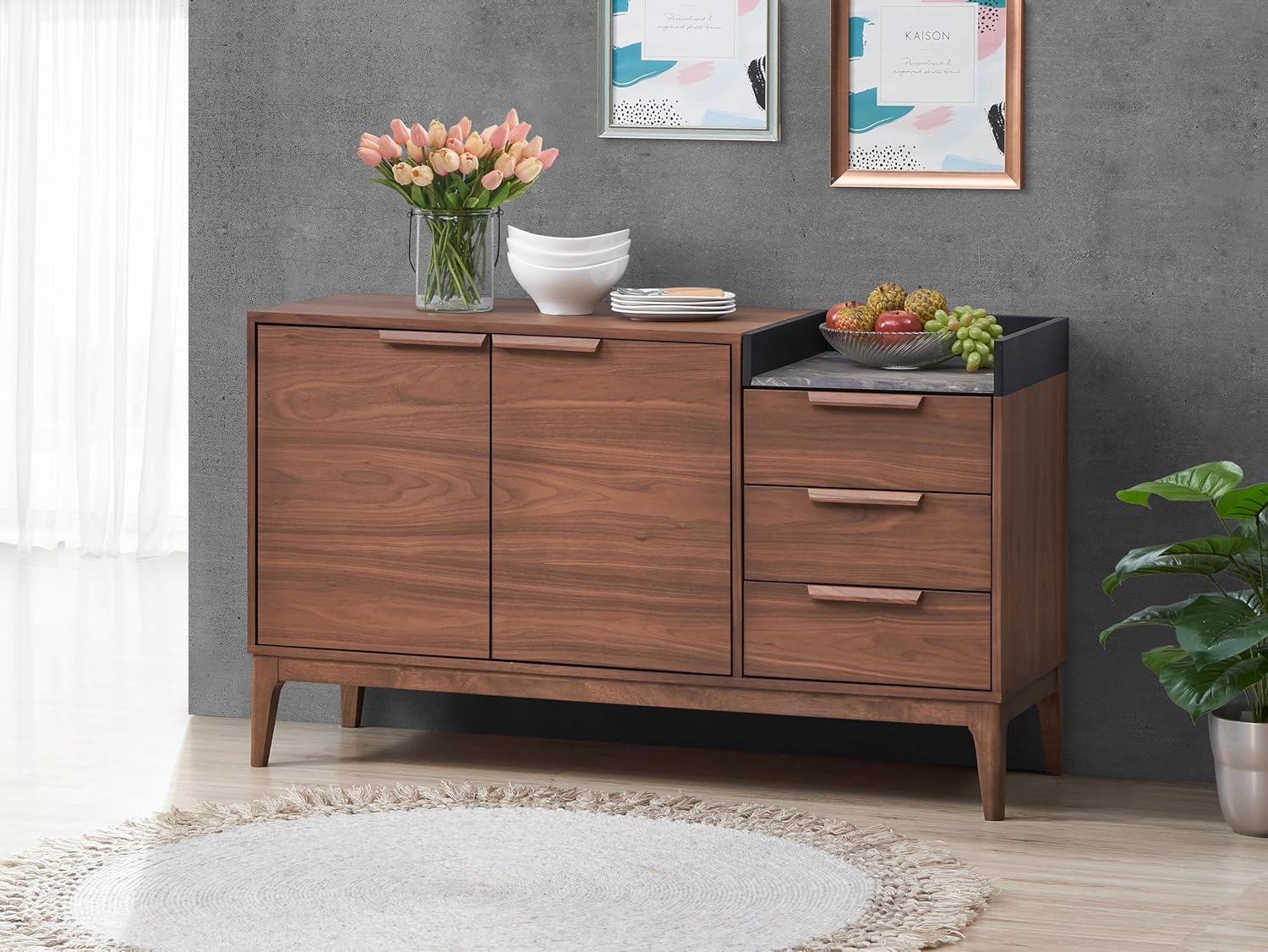
In today’s fast-changing furniture industry, Artificial Intelligence (AI) and digital design are reshaping the way customized furniture is developed. What used to take weeks of manual sketching and revisions can now be done in hours. With AI-driven modeling, parameterized design, and 3D visualization, suppliers can bring ideas to life faster and communicate with clients more effectively. For B2B buyers seeking precision, speed, and flexibility, these technologies are not just tools — they are competitive advantages.
1. AI Design: From Inspiration to Rapid Prototyping
Traditionally, creating a furniture design required long cycles of sketching, rendering, and sampling. Today, AI tools can generate dozens of creative variations within minutes based on a few keywords, such as “industrial steel-wood bookshelf”. Designers can quickly capture ideas and test multiple styles and structures without starting from scratch.
Even more importantly, AI systems can analyze market data and predict consumer preferences. For export-oriented manufacturers, this means designing based on real demand — for example, light wood tones and minimalist styles for the European market, or multifunctional storage furniture for the U.S. market. With AI trend forecasting, design decisions are guided by data, not guesswork.
2. Parametric Modeling: Smarter and Faster Customization
Customization has always been a challenge in furniture production — each buyer may require unique sizes, materials, or colors. Parametric design and digital modeling tools such as Rhino, SolidWorks, and Fusion 360 now make mass customization practical. Designers simply adjust parameters (like height, board thickness, or number of shelves), and the system automatically updates the drawings, dimensions, and material list.
This approach brings significant benefits:
No need to redraw designs for every client.
Automatic generation of standardized BOMs and CNC files.
Consistent quality across different models.
For customers, this means faster visualization and “what-you-see-is-what-you-get” accuracy in custom orders.
3. 3D Visualization: Bridging the Communication Gap
For global B2B furniture trade, communication around samples has always been time-consuming and costly. 3D rendering and virtual prototyping now change that completely. Clients can view true-to-life furniture models online — complete with realistic lighting, materials, and proportions — without waiting for a physical sample.
Using 3D configurators, buyers can choose dimensions, finishes, and accessories while instantly previewing the result in real time. This not only shortens decision-making time but also reduces unnecessary sample production, improving both efficiency and sustainability. In the near future, virtual furniture showrooms and VR-based design collaboration will become standard in international sourcing.
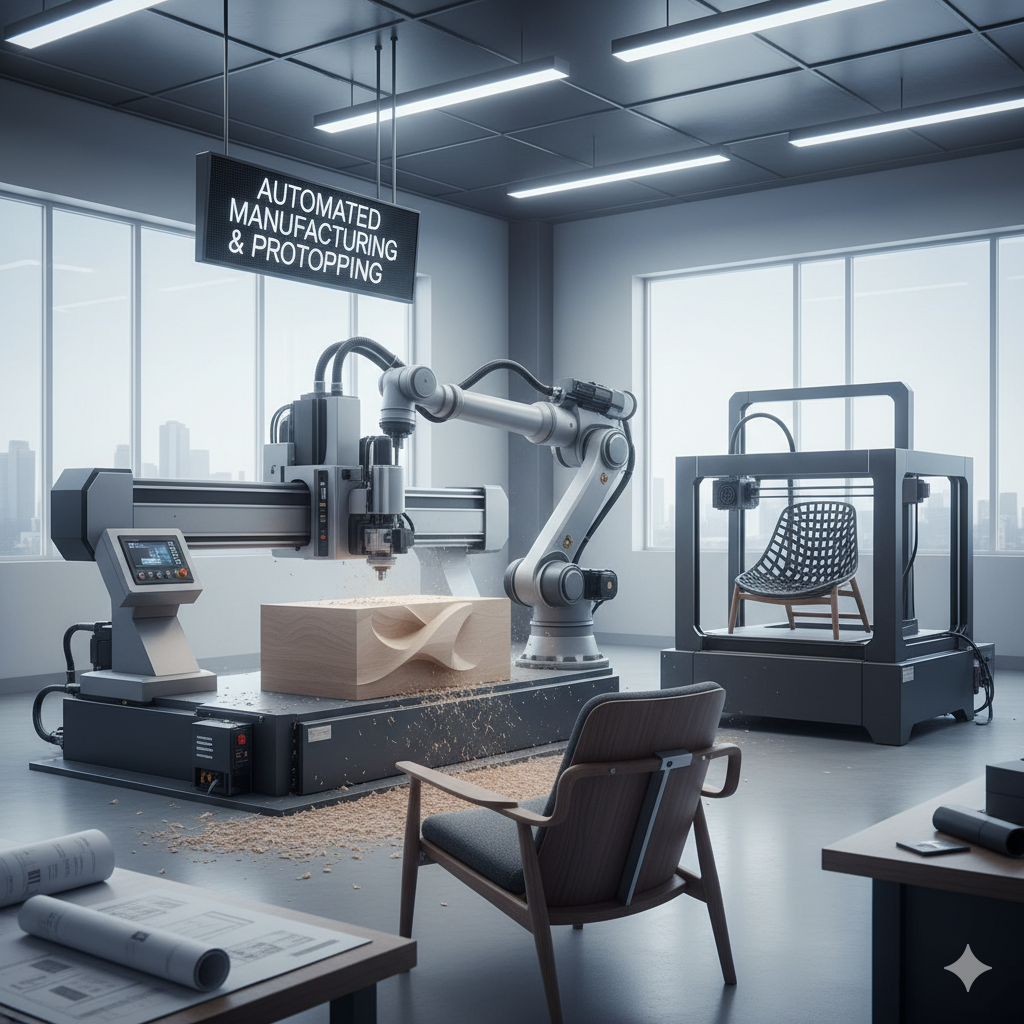
4. AI for Process Optimization and Cost Control
AI’s role extends far beyond the design phase. By analyzing production data, material usage, and process timing, AI can identify optimization opportunities to reduce waste and improve efficiency. For instance, it can automatically calculate the most efficient steel and wood cutting patterns, maintaining strength while minimizing cost.
In packaging and logistics, AI simulations help determine the best carton structures and packing arrangements, reducing freight volume and ensuring safer global shipping. Each micro-optimization ultimately contributes to a leaner, more profitable supply chain.
5. Digital Collaboration: Connecting Design and Manufacturing
In traditional workflows, design and production often operate as separate silos, leading to miscommunication and errors. Digital collaboration platforms — integrating PLM, ERP, and CAD systems — now enable real-time synchronization between designers, engineers, and production lines.
With these systems:
Design revisions instantly update across all departments.
Material orders and inventory adjust automatically.
Quality consistency and traceability improve dramatically.
For international clients, such transparency enhances confidence. They can follow the project status in real time, making the partnership more efficient and reliable.
6. The Future: AI-Driven Personalization and Sustainability
Looking ahead, AI will play an even greater role in customized furniture. Beyond design automation, it will analyze user behavior, regional preferences, and sustainability metrics to recommend product improvements. It can even simulate the carbon footprint of different material combinations, helping manufacturers make greener choices.
In this data-driven era, custom furniture development is evolving from manual craftsmanship to intelligent creation — balancing efficiency, quality, and design aesthetics.
AI and digital design are redefining how furniture is imagined, customized, and manufactured. From idea generation and 3D modeling to production optimization and virtual collaboration, every step is becoming smarter and faster.
For manufacturers, adopting AI is more than a technical upgrade — it represents a shift in mindset:
From experience-based to data-driven, from manual to intelligent, from traditional customization to smart manufacturing.
In the future, the true competitive edge will lie not only in product quality, but also in a company’s digital capability. Those who embrace AI and digital design today will lead tomorrow’s global furniture market with innovation, precision, and agility.

